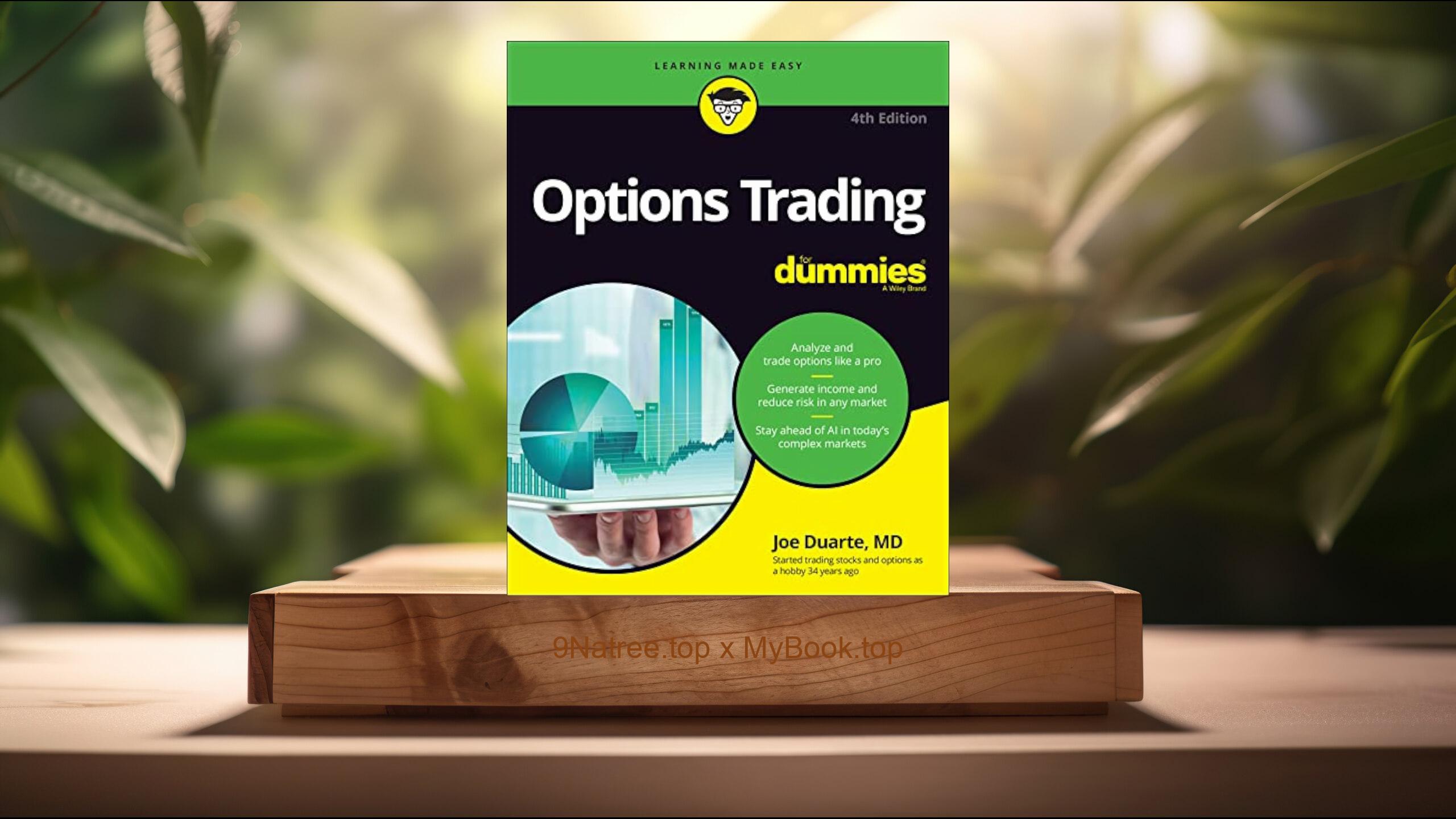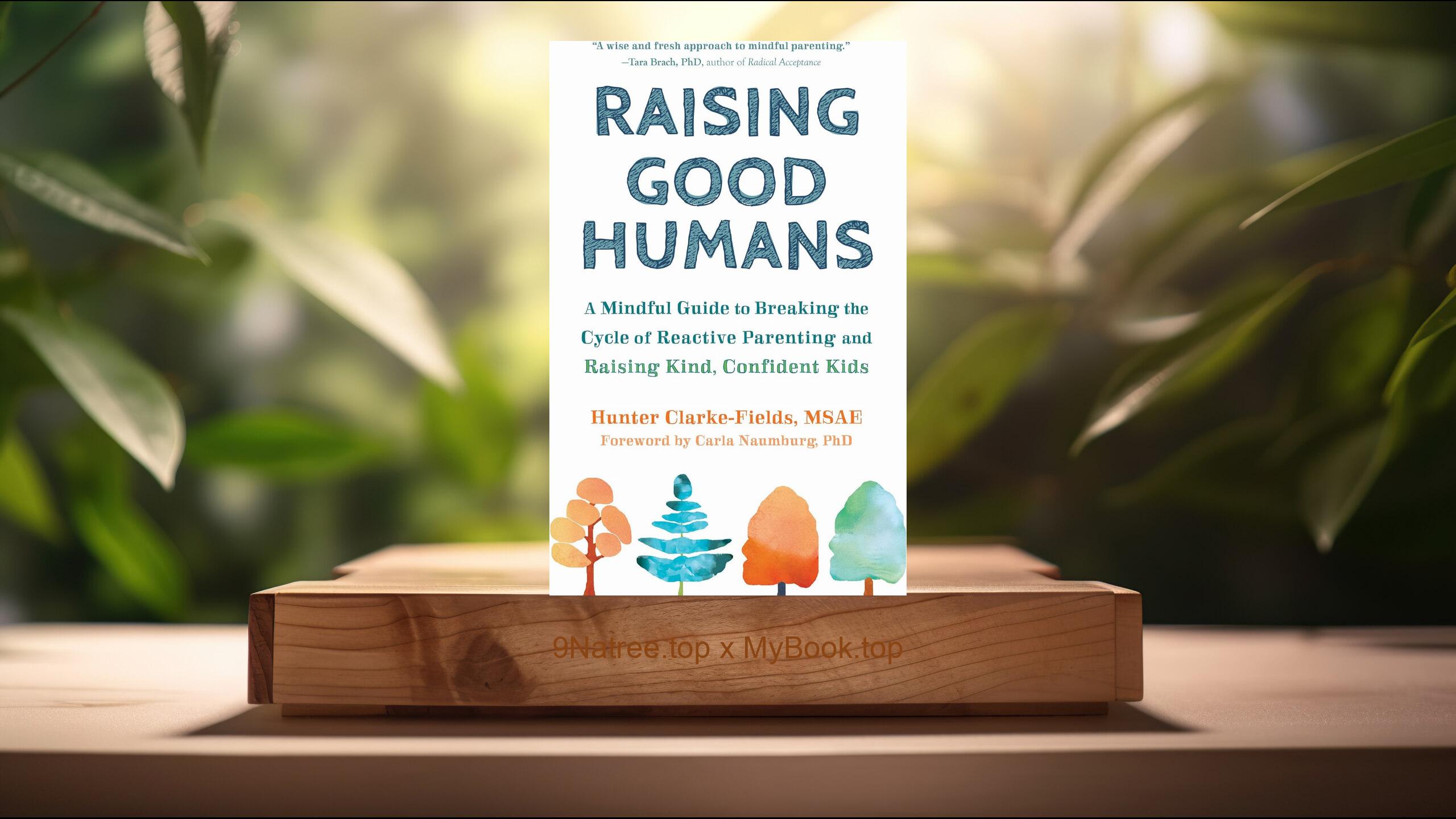Show Notes
Buy on Amazon: https://www.amazon.com/dp/B07XKDNFJQ?tag=9natree-20
Read more: https://mybook.top/read/B07XKDNFJQ/
#EmotionalResilience #StoicPhilosophy #FourCardinalVirtues #PracticalStoicism #MindfulnessPractices
These are takeaways from this book.
Firstly, Understanding Stoicism, Stoicism, at its core, is about mastering the art of living. It teaches that virtue, the highest good, is based on knowledge and that the wise live in harmony with the divine Reason that governs nature. Stoics believe that the pursuit of virtue leads to a life of wisdom, bravery, and inner peace, regardless of external circumstances. In 'The Beginner's Guide to Stoicism', Matthew Van Natta breaks down these complex ideas into understandable concepts, elucidating how Stoicism isn't just an academic discipline but a practical philosophy for everyday life. He explores the historical origins of Stoicism, its key philosophers like Marcus Aurelius, Seneca, and Epictetus, and how their teachings can be applied today. The segment serves as a foundation for readers, offering them a clear understanding of Stoic philosophy and setting the stage for deeper exploration into its practices.
Secondly, The Four Virtues, A central component of Stoic philosophy is its emphasis on the four cardinal virtues: wisdom, courage, justice, and moderation. In his guide, Van Natta delves into each virtue, explaining their significance in Stoic thought and how they can be cultivated in daily life. Wisdom, in Stoicism, is about making rational and morally justifiable decisions. Courage is not just physical bravery but also the strength to face internal challenges and adversities. Justice refers to the practice of fairness and kindness towards others, while moderation, or temperance, is about self-control and living in harmony with nature. Each chapter on the virtues is filled with practical advice, historical anecdotes, and exercises to help readers apply these virtues to their own lives, thereby creating a robust framework for personal development and emotional resilience.
Thirdly, Practical Stoic Exercises, Stoicism is not merely a theoretical philosophy but a way of life. Recognizing this, Van Natta provides readers with a variety of Stoic exercises designed to integrate Stoic principles into daily routines. These exercises include journaling, mindfulness practices, and reflection on one's values, actions, and reactions to external events. The goal of these exercises is to increase self-awareness, develop self-control, and foster a sense of gratitude and contentment with what one has. Through consistent practice, these exercises can help individuals cultivate a mindset that is better equipped to deal with the vicissitudes of life, leading to greater emotional strength and well-being. Van Natta's thorough and clear explanation of each exercise, along with practical tips for implementation, makes Stoicism accessible to everyone, regardless of their familiarity with philosophical practices.
Fourthly, The Stoic Response to Challenges, One of the most compelling aspects of Stoicism is its approach to facing life's challenges and adversities. Stoics maintain that while we cannot always control external events, we can control our reactions to them. This concept of focusing on what is within our control is a recurring theme in 'The Beginner's Guide to Stoicism'. Van Natta provides readers with strategies to respond to difficulties with equanimity and resilience, drawing on Stoic teachings about perception, acceptance, and the impermanence of external conditions. By re-framing our perspective on problems and focusing on our own actions and attitudes, Van Natta argues that we can find inner peace and strength, regardless of the challenges we face. This section illuminates the practicality of Stoic wisdom in helping individuals navigate the complexities of modern life with grace and fortitude.
Lastly, Building Emotional Resilience, Emotional resilience is the ability to adapt to stressful situations and to recover quickly from difficulties. It's a crucial skill in managing life's inevitable ups and downs. In 'The Beginner's Guide to Stoicism', Matthew Van Natta emphasizes the role of Stoic philosophy in building emotional resilience. By adopting a Stoic mindset, individuals can learn to detach themselves from the emotional responses typically triggered by external events and instead focus on rational, constructive responses. The book provides actionable guidance on how to cultivate this resilience, through practices such as reflecting on one's mortality to appreciate the present, using obstacles as opportunities for growth, and maintaining a sense of agency in the face of adversity. These Stoic practices, as explained by Van Natta, empower individuals to maintain a sense of calm and purpose, even in turbulent times.
In conclusion, Matthew Van Natta's 'The Beginner's Guide to Stoicism: Tools for Emotional Resilience and Positivity' is an essential read for anyone seeking to enhance their mental health, develop emotional resilience, and live a more fulfilling life. Through a clear and approachable exploration of Stoic philosophy, Van Natta offers timeless wisdom and practical exercises that are as relevant today as they were in ancient times. This book is particularly suited for those new to the philosophy but is equally valuable for anyone looking to deepen their understanding of how to navigate life with grace and strength. By embracing the teachings of Stoicism, readers will find themselves better equipped to face the challenges of life, to appreciate the beauty in the everyday, and to cultivate a sense of inner peace and purpose. 'The Beginner's Guide to Stoicism' doesn't just teach about Stoicism; it offers a transformative approach to living that can bring about profound changes in one’s life.
![[Review] The Beginner's Guide to Stoicism: Tools for Emotional Resilience and Positivity (Matthew Van Natta) Summarized](https://episodes.castos.com/660078c6833215-59505987/images/1708654/c1a-085k3-nj9pvwxdco04-pbts9n.jpg)




